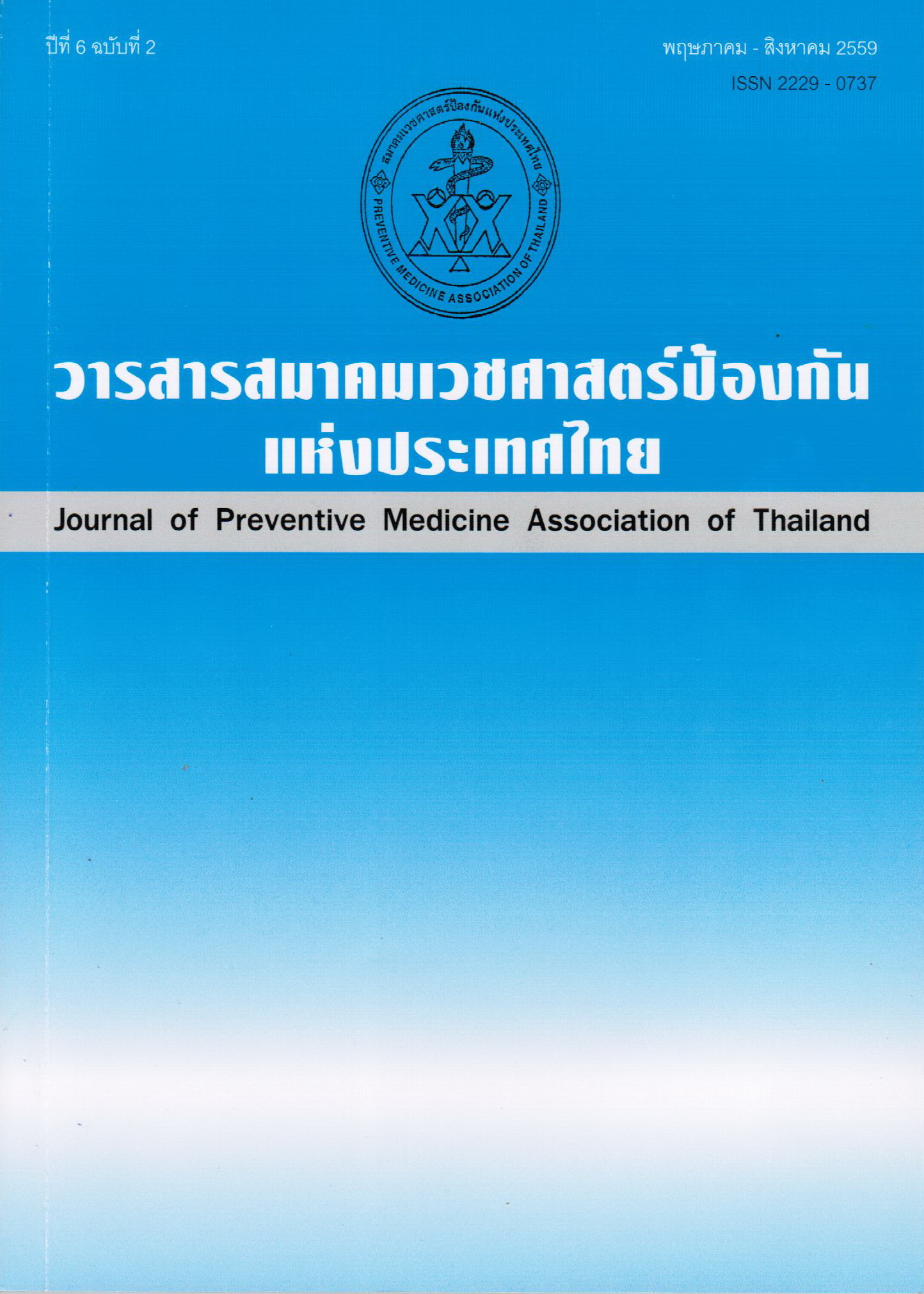Rehabilitation of Facial Palsy Patient with Complete Denture
Keywords:
Prosthodontic management, facial palsy, implantsAbstract
Using complete denture of patients with facial palsy always have some problem, due to poor neuromuscular control is considered to be the main reason for poor voluntary movements of lower mandible. That interfere denture retention, stability and their denture aesthetic. Case study: A 55-year-old female, she had facial palsy in 7 years, left facial nerve palsy due to malignant ostitisexterna with osteomastoiditis. She was diagnosed with left hearing loss that was treated by medicine, and surgical correction for lagothalomos. She would like to have a dental prosthesis. Extraoral examination revealed facial asymmetry, left corner of mouth fall with salivary drooling. Mandible slightly deviate to the right. Pronunciation were not clear at bilabial and labiodental articulation. Patient could not
move mandible and bite follow doctor order. Occlusion was unstable due to facial muscle paralysis. Preliminary impressions was performed with alginate impression material and final impression with border molding was done by using silicone impression material. Occlusal rim was try in and anterior maxillary
plane was set. Evaluation of occlusal vertical dimension was difficult due to poor control of mandibular movement patient and nonrepetitive. Therefore, doctor had to support and guide mandible during determine interarch relationship. Artificial teeth were arranged upon lingualize’s theory and buccal flange
of left upper denture was expanded to support left cheek. Occlusion wax was changed to permanent prosthesis after patient satisfied with esthetic, pronunciation and biting. Surgical placement of osteointegrate implants was done. Lower denture should not be used at least 2 weeks. Four months after that, locators were attached to dental implants. Patient was scheduled for dental check up every 2 weeks for evaluateoral hygiene care. Follow up for 3 months after denture delivery, patient was satisfied with quality of chewing, esthetic, denture retention. Intraoral mucosa was within normal limit. Patient did not worry or feel any abnormalities around dental implants. Conclusion, this case report presented the rehabilitation of facial palsy patient with implants supported lower over denture. That prosthesis improves patient’s sense of well-being.
References
2. Lenkholm U, Van Steenberhe D, Herrmann I. Osseointegrated implants in the treatment of partially edentulous jaws. A prospective 5 year multicenter study Int Oral Maxillofac Implants. 1994;9:627-35.
3. Romero-Pérez MJ, Mang-de la Rosa Mdel R, López-Jimenez J, Fernàndez-Feijoo J, Cutando-Soriano A. Implants in disabled patients: a review and update. Med Oral Patol Oral Cir Bucal. 2014 Sep 1;19(5):e478-82.
4. Muthuvignesh J, Kumar NS, Reddy DN, Rathinavelu P, Egammai S, Adarsh A. Rehabilitation of Bell’s palsy patient with complete dentures J Pharm Bioallied Sci. 2015 Aug; 7 (Suppl 2):S776-8.
5. Rajapur A, Mitra N, Prakash VJ, Rah SA, Thumar S. Prosthodontic Rehabilitation of Patients with Bell’s Palsy: Our Experience. J Int Oral Health. 2015;7():(Suppl 2):77-81.
6. Godavarthi S, Sajjan MCS, Raju A.V R, Kumar R. Extended buccal flange technique to manage bells palsy patient with complete denture. 2012;58-60. International Journal of dental clinic. 2012;6:58-60
7. Kaur S, Suman N, Singh K, Sethi N, Neutral Z. Concept In Management Of Edentulous Bell’s Palsy Patient-A Case Report. Indian Journal of Dental Sciences. 2014;6:60-1
8. Lazzari JB. Intraoral splint for support of lips in Bells palsy. J Prosthet Dent. 1955;5:579-81.
9. Larsen SJ, Carter JF, Abrahamian HA. Prosthetic support for unilateral facial paralysis. J Prosthet Dent 1976;35:192-201.
10. Chee GH, Nedzeski JN. Facial nerve grading systems Facial Plast Surg. 2000;16(4):315-24.
11. Heckmann SM, Heckmann JG, Weber HP. Clinical outcomes of three Parkinsonดs disease patients treated with mandibular implant overdentures. Clin Oral Implants Res. 2000;11:566-71.
12. Véron C, Chanavaz M, Ferri J, Donazzan M, Hildebrand HF. A panorama of current materials for osseous application in maxillofacial surgery and oral implantology. Revue de stomatologie et de chirurgie maxillo-faciale. 1995;96(4):274-81.
13. Bishara SE. Textbook of Orthodontics. New York: W.B.Saunders company; 2001.
14. Robert G, Anderson MD. Facial nerve disorders and surgery. Sel Read Plast Surg 2006;10:1-41.
15. Malik NA. Facial nerve and motor disturbances of the face and jaws In: Malik NA, editor. Text Book of Oral and Maxillofacial Surgery New Delhi: Jaypee Brothers Medical Publishers 2008. p. 719-21.
16. Slavkin HC. The significance of a human smile: Observations on Bell’s palsy J Am Dent Assoc. 1999;130(2):269-72
17. Inada M, Yamazaki T, Shinozuka O, Sekiguchi G, Tamamori Y, Ohyama T. Complete denture treatments for a cerebral palsy patient by using a treatment denture. A case report J Med Dent Sci. 2002;49(2):171-7.
18. Becker CM, Swoop CC, Guckes AD. Lingualized occlusion for removable prosthodontics J Prosthet Dent. 1977;38(6):601-8.
19. Smith RA, Berger R, Dodson TB. Risk factors associated with dental implants in healthy and medically compromised patients. Int J Oral Maxillofac Implants. 1992;7:367-72.
20. Rogers JO. Implant-stabilized complete mandibular denture por a patient with cerebral palsy. Dent Update 1995;22:23-6.
Downloads
Published
How to Cite
Issue
Section
License
บทความที่ลงพิมพ์ในวารสารเวชศาสตร์ป้องกันแห่งประเทศไทย ถือเป็นผลงานวิชาการ งานวิจัย วิเคราะห์ วิจารณ์ เป็นความเห็นส่วนตัวของผู้นิพนธ์ กองบรรณาธิการไม่จำเป็นต้องเห็นด้วยเสมอไปและผู้นิพนธ์จะต้องรับผิดชอบต่อบทความของตนเอง






